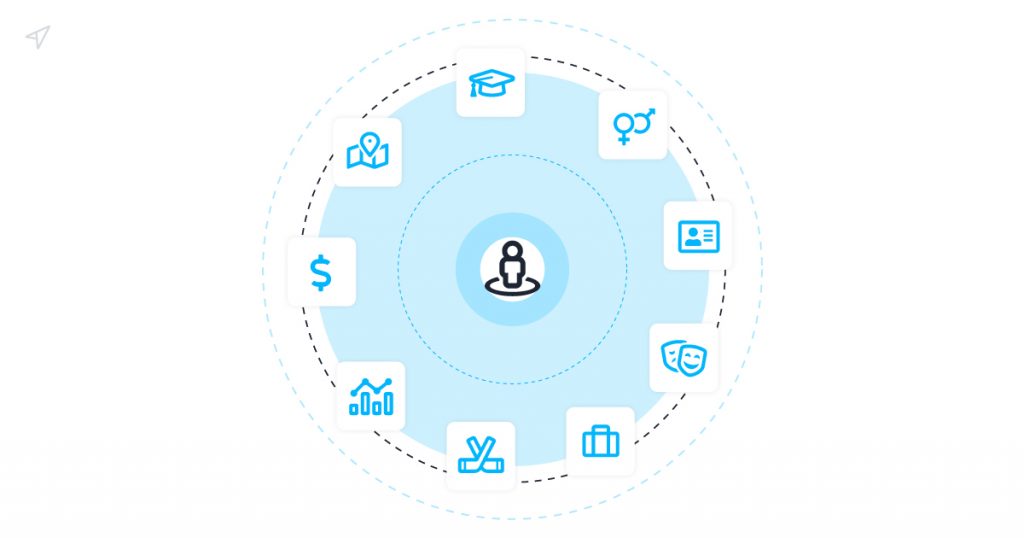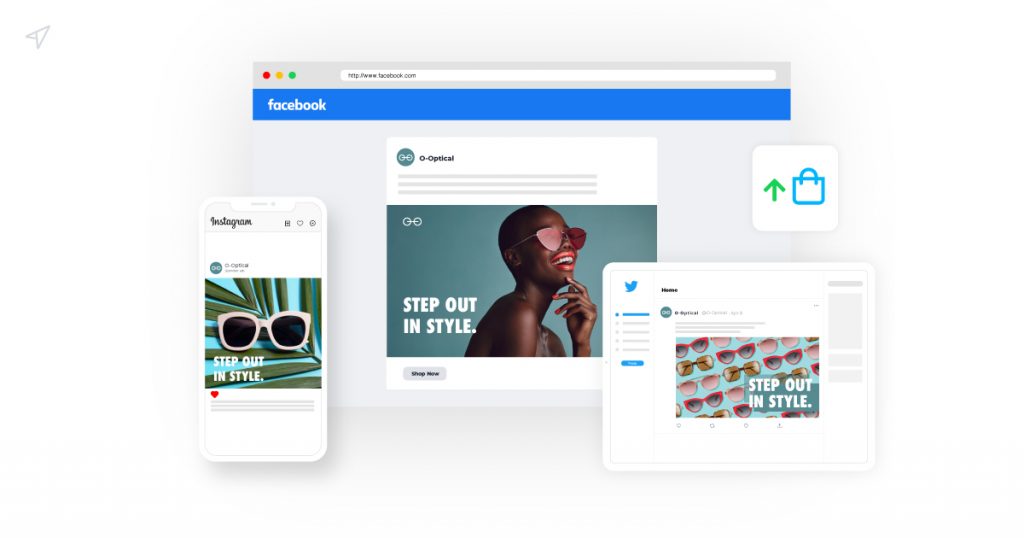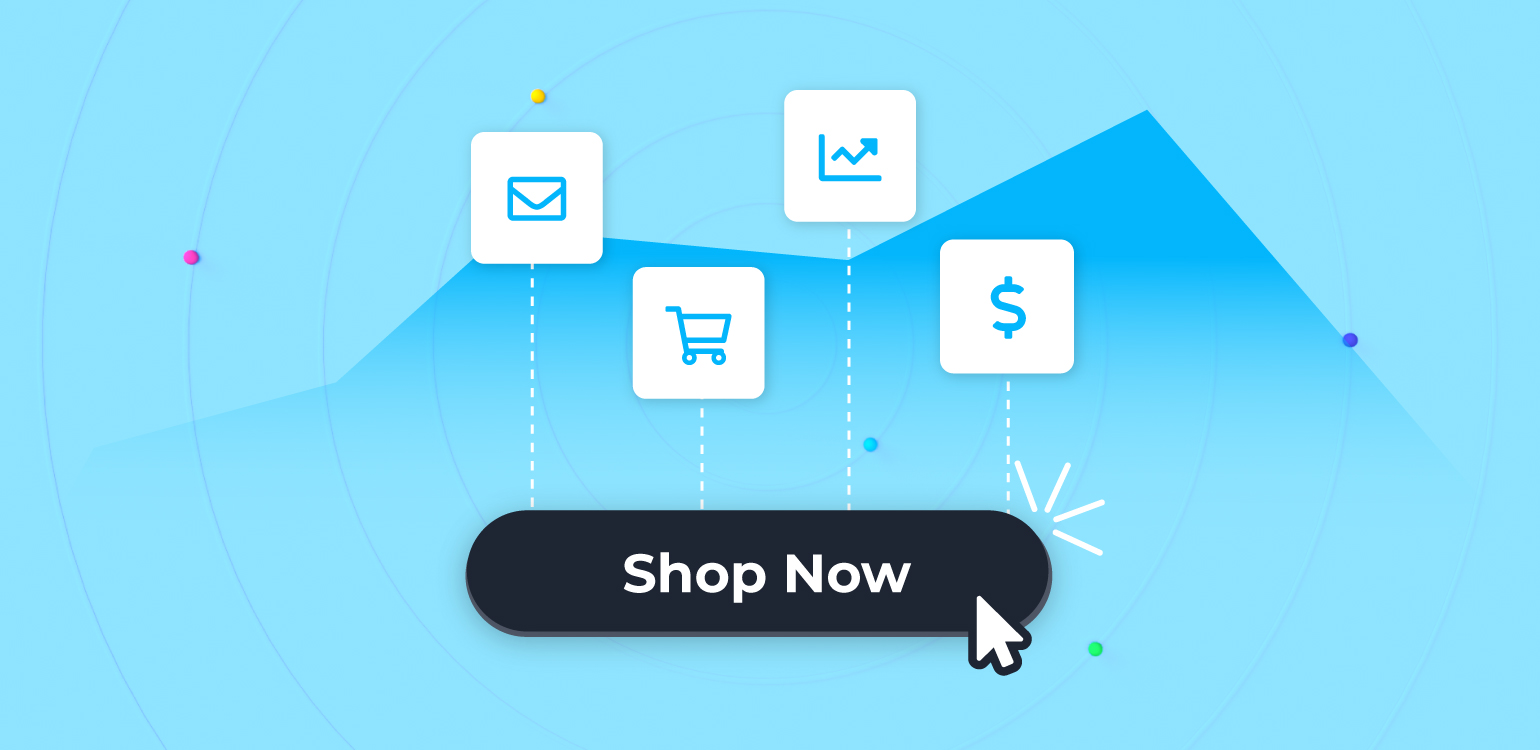Having an effective ecommerce marketing strategy is very crucial to attracting the right customers and increasing the profitability of your ecommerce brand. If you’re not making profits with your ecommerce store, chances are your marketing strategies are not working.
Given the ecommerce marketing space is an evolving one and there are new tools popping up everyday it could be a bit of a challenge figuring out what works and what doesn’t.
However, there are some fundamentals about building an ecommerce strategy that are unchanging and that’s what we have decided to share with you in today’s blog post. These time-tested steps must be carefully taken into consideration regardless of whatever marketing tool or channel you adopt if you want to build a profitable ecommerce brand.
- Set clear ecommerce marketing goals
- Define your Target Audience
- Do an analysis of your competitors
- Design a cross-channel promotion
- Optimize your logistics and fulfillment plan
1. Set clear ecommerce marketing goals

When building your ecommerce marketing strategy, the first thing you need to come up with is your marketing goal because it will give you a sense of direction and purpose. Without it, you’ll be like a man chasing his shadow; he exerts a lot of effort but in futility.
We suggest you adopt the SMART framework for your goal-setting. That means your ecommerce marketing goal should be:
- Specific: Broad or generic sentences create ambiguity. So, instead of saying “our goal is to increase revenue” say, “our goal is to increase revenue by 15%”
- Measurable: After setting a specific goal, you want to define indicators that determine how far or close you are to it otherwise known as key performance indicators.
- Achievable: Look at the current data you have to ensure your goal is realistic. If you’re just starting out and don’t have data, then set a baseline and monitor your results as you go.
- Relevant: Embarking on a marketing strategy because a competitor is doing it may not be the wisest decision. Ensure your goals are relevant to your ecommerce business needs.
- Time: Set a deadline for your ecommerce marketing goal and watch how your motivation to see it accomplished goes up.
2. Define your Target Audience

One of costly mistakes you can make in developing an ecommerce marketing strategy is to try to sell your products to everyone. It could result in thousands or millions of dollars wasted in driving paid traffic to your online store but with little or no conversion.
In order to avoid this, you need to identify your market and target them only. To identify your market, you must define their demographics like age, gender, location, income etc
You also need to define their psychographics as well. That refers to their hobbies, favourite books, TV shows, websites etc
All this information will help to determine the tone of your marketing content and the kind ad creatives you will adopt as part of your ecommerce marketing strategy.
3. Do an analysis of your competitors

The ecommerce business can be very competitive. But if you understand the strength and weaknesses of your competitors, you can redefine your strategy to ensure you stay ahead. Recognize that not only those who sell the same range of products as you are your competitors, anyone whose products satisfy the same need in your target audience is also a competitor.
In carrying out your competitor analysis, you should determine their business goals, market share, pricing and partnerships. You want to know what you’re up against.
Once you’ve done this, you need to do a thorough research analysis of their ecommerce marketing strategies. You want to know what marketing channel they get the most traffic from. Subscribe to their emails and see how they engage their audience. Check out their social media pages to see the kind of posts that get the most engagements.
Beyond helping you determine your competitive advantage; this process will also help you to see vital insights about your target audience that you might have missed out on because in the end it’s all about satisfying the customers.
4. Design a cross-channel promotion

In today’s world, most customers are always switching between different marketing channels and so, as a business you should take advantage of that. And in doing so, you want your ecommerce brand to give the same experience to your customer regardless of the marketing channel whilst moving them down your sales funnel.
This requires a lot of consistency especially in the tone of your marketing messages. However, if sustained customers become familiar with your ecommerce more quickly. As a result, it increases engagement and consequently sales.
When starting out, select just a few marketing channels that are most effective for your audience. It could be Facebook, twitter, SMS, blog, Instagram or search engine. Then test other channels as you go on.
5. Optimize your logistics and fulfillment plan
Order fulfillment is an important part of your ecommerce digital marketing strategy because if customers’ orders are not delivered accurately and in time, they may never come back to buy from you. Also, if your fulfillment strategy is not well optimized, most of your profit will be lost to business logistics. So, you can see this is the backbone of your business success because it affects both customer satisfaction and profit.
Your order fulfillment strategy should encompass how you intend to handle all of the following
- Receiving and storing of inventory
- Processing and picking of customers’ order
- Packing and shipping of products
- Returned products
These processes could be quite tedious so some ecommerce brands use third-party logistics so they can focus more on other aspects of their business. The downside to this however is that you have less control over how your products are packaged and shipped.
On the other hand, if you choose to fulfill your orders yourself, depending on the size of your business you’ll need to get a warehouse and you might not be able to offer your shoppers a wide range of shipping options.
Conclusion
If you follow through on all five steps listed above, you should have an ecommerce marketing strategy that will work on whichever marketing channel(s) your customers are active on.
A litmus test to find out if your ecommerce marketing strategy is well laid out is to check if it answers these three primary marketing barriers every ecommerce faces
- How to drive online visitors to your ecommerce store
- How to convert them to customers
- How to retain them and make them a raving fan of your brand.
If your strategy captures all these three challenges then success is guaranteed. However, if you’d rather have an experienced team with proven results do the work for you, contact us today.
Need to chat about your mobile marketing strategy?
More than 10,000 marketers use Maropost to engage with their prospects and customers through emails, SMS, social media and more. We’re here to help you growing your business!
Chat Now

